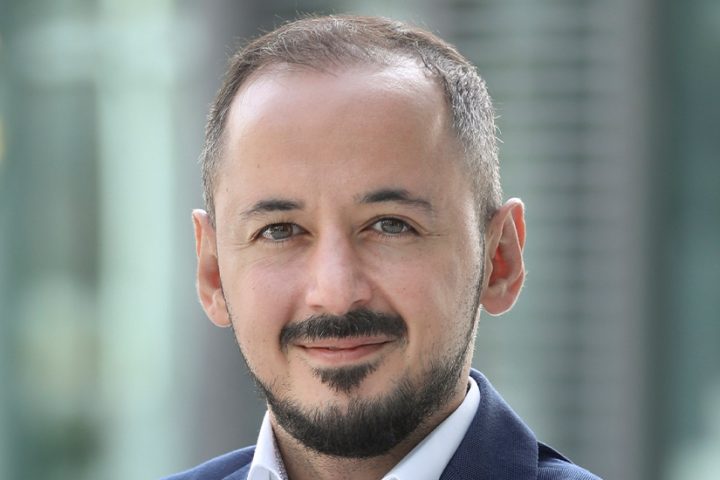Worldwide IT spending is projected to total $3.7 trillion in 2019, an increase of 0.4% from 2018, according to the latest forecast by Gartner. This is the lowest forecast growth in 2019 so far. Global IT spending is expected to rebound in 2020 with forecast growth of 3.7%, primarily due to enterprise software spending.
“The slowdown in IT spending in 2019 is not expected to stretch as far into 2020 despite concerns over a recession and companies cutting back on discretionary IT spending,” says John-David Lovelock, research vice president at Gartner.
Today’s complex geopolitical environment has pushed regulatory compliance to the top of organisations’ priority list. Overall spending on security increased 10.5% in 2019, with cloud security projected to grow 41.2% over the next five years. “This is not just about keeping the ‘bad guys’ out,” says Lovelock. “It is also about the expanding need to be compliant with tariffs and trade policy, intellectual property rights, and even with the multiple and sometimes overlapping privacy laws.”
Despite the ongoing tariff war, US IT spending is forecast to grow 3.5% in 2019, but IT spending in China is expected to grow only 0.1%. “Tariffs do not have a direct effect on IT spending, yet,” says Lovelock. “Should tariffs extend to devices like PCs and mobile phones, we will likely see manufacturers switch supply routes to minimise costs and have their technology made outside of China.”
The device market will see the sharpest spending decline among all segments in 2019, down 5.3% from $713 billion in 2018. However, the market is expected to see modest growth of 1.2% in 2020. “Similar to how consumers have reached a threshold for upgrading to new technology and applications, technology general managers and product managers should invest only in the next generation of products that will push them closer to becoming a true technology company,” says Lovelock.
Worldwide IT spending forecast (Billions of US dollars)
| 2019
Spending |
2019
Growth (%) |
2020
Spending |
2020
Growth (%) |
2021 Spending | 2021 Growth (%) | |
| Data Centre Systems | 205 | -2.5 | 210 | 2.6 | 212 | 1.0 |
| Enterprise Software | 457 | 8.8 | 507 | 10.9 | 560 | 10.5 |
| Devices | 675 | -5.3 | 683 | 1.2 | 685 | 0.4 |
| IT Services | 1,031 | 3.7 | 1,088 | 5.5 | 1,147 | 5.5 |
| Communications Services | 1,364 | -1.1 | 1,384 | 1.5 | 1,413 | 2.1 |
| Overall IT | 3,732 | 0.4 | 3,872 | 3.7 | 4,018 | 3.8 |
Source: Gartner, October 2019.
IT spending growth is being driven by the rest of the world catching up on cloud spending. The US is leading cloud adoption and accounts for over half of global spending on cloud. In some cases, countries that Gartner tracks lag one to seven years in cloud adoption rates. “For perspective, the country directly behind the US on cloud spending is the United Kingdom, which only spends 8% on public cloud services. An interesting outlier is China, which has the highest growth of cloud spending out of all countries. While China is closing the spending gap, it still will not reach US levels by 2023,” says Lovelock.
Gartner predicts that organisations with a high percentage of IT spending dedicated to the cloud will become the recognised digital leaders in the future. “Most companies are caught trying to either cut costs or invest for growth, but the top-performing enterprises are doing both. A core challenge facing the industry is how organisations can operate as both a traditional company and a technology company at the same time,” says Lovelock. “These ‘and’ dilemmas will drive future IT spending trends.”
More detailed analysis on the outlook for the IT industry is available in the complimentary webinar “IT Spending Forecast, 3Q 2019 Update: The Next Generation of Cloud.”



















